

For a game ostensibly about cooperative play, Hunted: The Demon’s Forge never capitalizes on its own premise – two fantasy badasses working together to slaughter hordes of monsters. The basic ingredients are there: Caddoc, the cautious but beefy human, is melee oriented while (sigh) sexy female elf E’lara plies her trade with bow-and-arrow. There is even a hint of truly imaginative co-op powers such as one spell that lifts enemies in a whirlwind which grants bonus damage to E’lara if she can pick off the helpless floating fools. It’s a whiff of co-op potential that never pans out, because it doesn’t go any deeper than that.
Above: Yet another nearly naked female elf. Oh, with jiggle physics
However, if you’re not hoping for some deep co-op game and are perfectly happy with a kind of “modern” dungeon-crawler, Hunted is plenty competent. It’s decently engaging even as a single-player experience, with mostly reliable partner AI, some furiously frenetic battles, and an often gorgeously imaginative world to explore. Since the game allows you to swap between the two characters (at certain “swap stations”) it means you can alternately play it like a hack-and-slasher or as a third-person shooter. If you find you like one type of gameplay over the other, you can opt to never swap characters. We found Caddoc’s melee combat too simplistic for our taste – all you really have to do is block and counter attack – so we opted to primarily play as E’lara. As a melee combat game Hunted presents nothing unfamiliar, but as a bow-and-arrow shooter it’s a bit more interesting (to us at least), since you’re essentially a run-and-gun sniper without the rapid fire of automatic weaponry standard in nearly all shooters. There’s something about the slower-paced, more methodical shooting of a bow that’s uniquely satisfying (and yes, you can still get instant-kills with headshots).
Hunted presents a strange mix throughout its entire design of the extremely mundane combined with surprising imagination. One moment the game seems like a personality-free fantasy-game clone, and then the next it comes out of nowhere and shows you something really damn cool. For instance: the enemies in Hunted are mostly boring and without any variation – in fact, for the majority of the game you’ll be facing off against its version of the orc. Even when it presents new enemies, nearly none of them have interesting or original designs (a big reveal moment is that you’ll now face – gasp! – minotaurs). On the other end of the spectrum – the good end – you’ll be moving along a seemingly linear level when you’ll notice an area of a wall that seems weak. Aha! A secret area! Except Hunted possibly has the best “secret areas” of any game we’ve ever seen. You think you’ll break down that wall and find a room with some hidden treasure chests in it. Oh no. How about this: first you find a room, but then there will be another door leading down a hallway, which leads to another enormous room full of monsters, which leads to an entire puzzle sequence, which leads to a freaking miniboss. So basically some secret areas are entire levels in themselves. You could wander down a hidden hallway and only emerge back on the main quest half an hour later.
Above: Both characters can partake in melee and ranged combat; it's just that each excels at one over the other
The character designs are (choose one or more of the following): generic, cheesy, boring, or an embarrassingly immature idea of sexy. Yet the world they inhabit can often be both startlingly beautiful and exceptionally detailed, providing a proper feel of ancient ruins or crumbling mountains. We enjoyed rounding every corner with the notion we might discover another impressive vista, even if the graphics themselves can be a bit rough around the edges. The combat is fairly shallow, yet the game overall is meaty – perhaps fifteen or more hours if you pursue all the peripheral areas. The writing is almost entirely made up of clichés, with sparks of genuinely clever humor thrown in.
The system for magic, items and weapons is simple but pretty well designed. It’s fun to toss a revive potion at your dying partner like some kind of healing grenade. Magic potions have a convenient feature where simply running over one while you have a partially empty magic meter automatically fills your meter as well as adds a potion to your inventory (but strangely the same isn’t true for health potions). Magic itself is divided into normal spells and “battle magic” which essentially adds magical effects to your normal attacks. The one purely co-op-focused magic ability is the Battle Charge, which powers up your partner at the cost of a large portion of your magic meter. It’s yet another example of the game not knowing how to capitalize on co-op potential: there’s no real strategy to using it other than not being dumb enough to use it when no enemies are around, and it’s stupidly overpowered so there’s never a reason not to use it.
Above: While the world can look generic (like here), it does have a lot of cool details and interesting architecture
Hunted continuously scratches the surface of good RPG elements and then wimps out, removing the actual RPG from the elements. For instance, you only get a limited number of arrows, but the game throws so many arrow pickups at you that you can hold down the fire button and blast away carelessly and still not run out of arrows. Certain situations present you with a survival setpiece where tons of enemies swarm your defensive position from multiple angles, but then they give you a special item that essentially makes you invincible, removing all challenge from these potentially intense scenarios. The partner AI is so good at not dying that we made it through 75% of the game before we realized the white glowing things strewn around levels were revive potions – we thought they were some type of lantern used as graphical litter until ten hours later when we finally were able to pick one up.
Strangely, the game seems to be much more difficult with two players, with the enemies feeling much more deadly, which makes sense since you’d assume two people could coordinate better than one person with dumb AI. However the partner AI seems exceptionally competent at combat while at the same time occasionally doing typical partner AI stupidity like getting lost way off in a dungeon somewhere – but overall it works remarkably well and provides little frustration.
There’s also a rather expansive extra mode called Crucible which surprisingly allows players to create and share custom dungeons by snapping together pre-set arenas. We imagine it could appeal to a small percentage of the game’s audience, but frankly we’re amazed so much effort was put into offering a mode designed to allow players to be creative, and then not really allowing them to be creative at all since they’re just massive template rooms that you decide how to arrange in order, so no player-created dungeon can leave an imprint of anything resembling the creator’s personality. It’s also a totally exhausting slog, with way too many waves of enemies in each room. It doesn’t take anything away from the game if you’re only interested in the main quest, though.
Above: One issue with the co-op is that if you want to use Caddoc as a meatshield, he tends to get between E'lara and the enemies she's trying to shoot (good thing there's no friendly fire)
Hunted: The Demon’s Forge could have been something special if it had gone for more creative and risky co-op elements, but instead it plays it safe, which leads to something that feels only vaguely cooperative. Its glimpses of ambition, like its utterly massive secret areas, only make the humdrum majority of the game more apparent. It’s certainly not a bad game, and if you’re really hankering for some co-op fantasy action you and a buddy will have a decent time with it. Just don’t expect a co-op revolution.
Jun 14, 2011

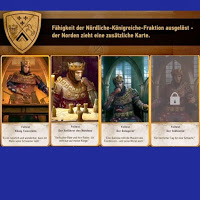
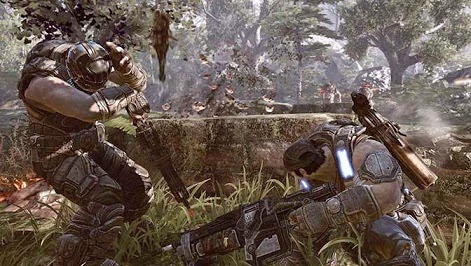
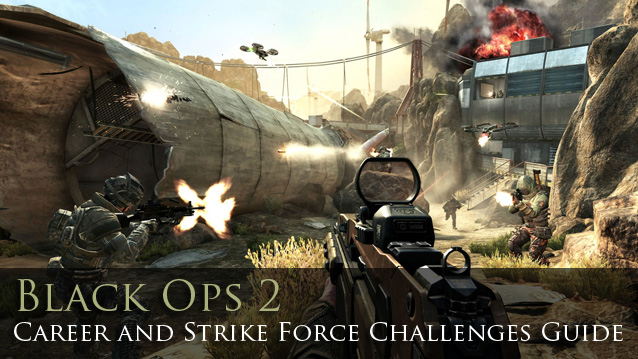
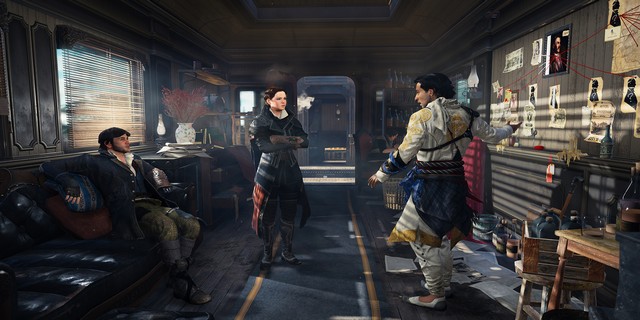 Top 6 Ways To Earn Money Fast In Assassin's Creed Syndicate
Top 6 Ways To Earn Money Fast In Assassin's Creed Syndicate Dead Island Tips and Cheats
Dead Island Tips and Cheats Zee and the Alien Machine – Detailed Walkthrough + Simple Guide
Zee and the Alien Machine – Detailed Walkthrough + Simple Guide The Evil Within Walkthrough
The Evil Within Walkthrough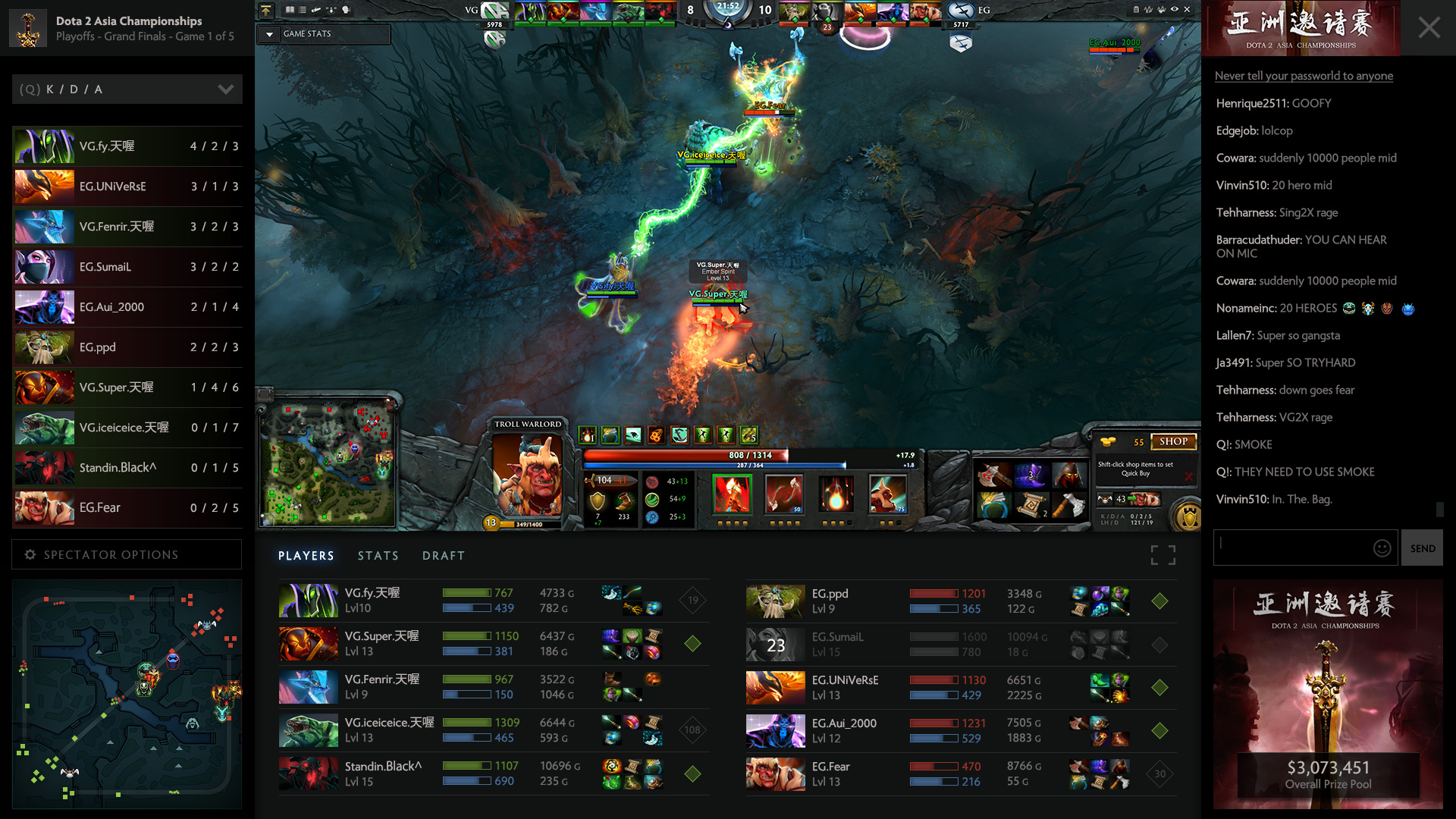 DOTA 2 Reborn Launch With New Engine, Interface and Custom Game System
DOTA 2 Reborn Launch With New Engine, Interface and Custom Game System